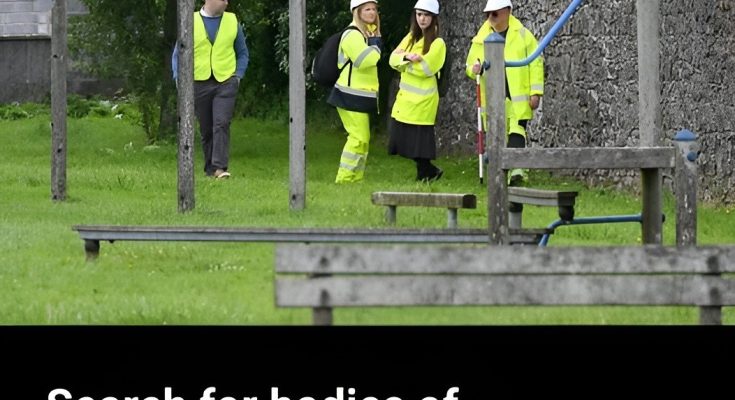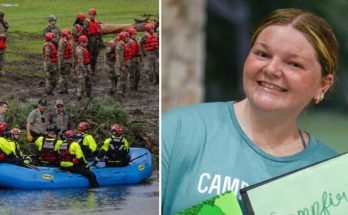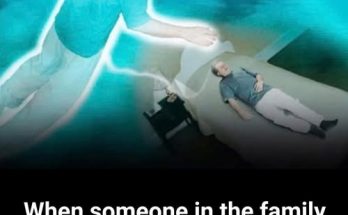
Excavations have started in the search for almost 800 babies thought to be buried in a mass grave at a home for unmarried mothers in Ireland.
Pregnant women were sent to the Bon Secours ‘mother and baby home’ in Galway between 1925 and 1961.
Their illegitimate children were said to be ‘children of sin’, and as such treated with a lack of respect in death, according to the work of historians.
Catherine Corless, whose work exposed what allegedly happend at the home, said many babies are believed to have been dumped in a former sewage tank referred to as ‘the pit’.
Her research uncovered how 798 children died at the home before it was closed in the early 1960s – but only two of them were given a proper burial.
The other 796 are thought to have been buried at the site, and it is this which today’s forensic operations are intended to uncover.


The work is expected to continue for around two years, during which time the site will be sealed off and closed to the public for forensic control.
Daniel MacSweeney, who leads the Office of the Director of Authorised Intervention, Tuam (ODAIT), said families with relatives who were in the institution were informed of the timeline of work.
He said they will have an opportunity to view the site works as part of a family and survivors’ day in the coming weeks.
Mr MacSweeney said: ‘From the start of works on June 16, the entire site, including the memorial garden, will be accessible only to staff carrying out the works and 24-hour security monitoring will be in place.

‘The initial four weeks will involve setting up the site, including the installation of 2.4-metre hoarding around the perimeter.
‘These measures are necessary to ensure the site’s forensic integrity and to enable us to carry out the works to the highest international standards that govern the excavation and recovery programme.
‘This is a unique and incredibly complex excavation.’



